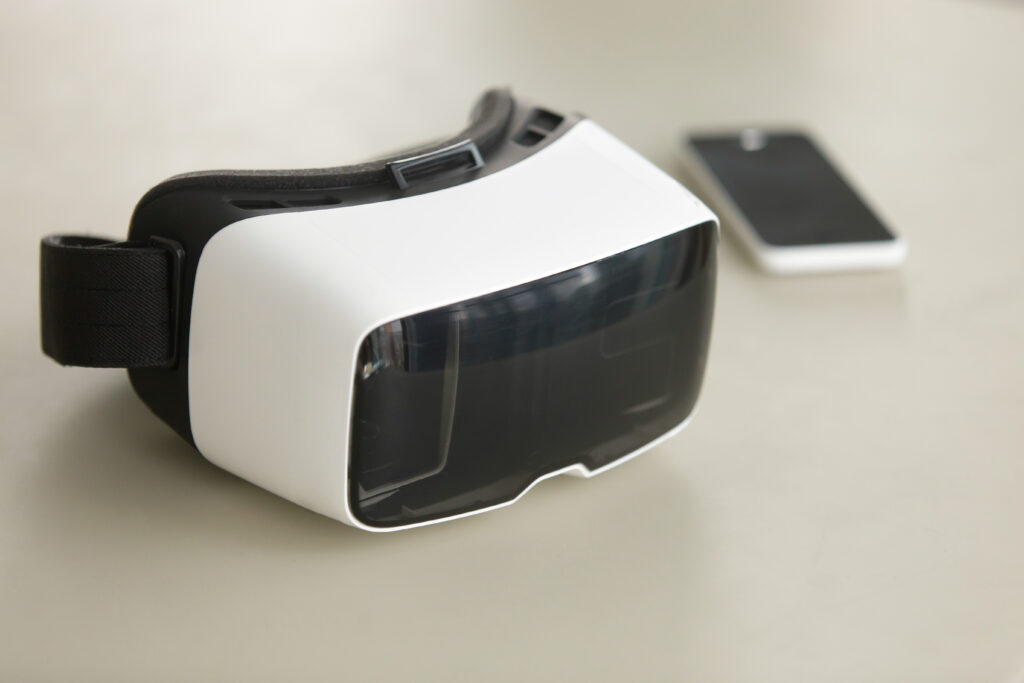I’m at HP Amplify this week, and I just finished a presentation by my old friend Andy Rhodes on how he was driving HP’s future with video conferencing and peripherals after HP’s acquisition of HyperX and Poly. Better together is a best practice that everyone promises to create, but few actually accomplish outside of Apple, which I’d argue tends to over-pivot to lock-in given many of its accessories only work with Apple platforms. The Windows PC market needs to create accessories that work with platforms that aren’t built by the same maker, something that Steve Jobs eventually got with the iPod but that was lost after his death.
As a result of acquiring HyperX and Poly, HP is focusing on this goal again, and under Andy’s guidance, it is moving aggressively to make this real.
Let’s talk about that this week.
Better together vs. lock-in
Let’s start by differentiating what Apple does.
Better Together provides an incentive to buy everything from the same vendor in order to get a better experience but doesn’t cripple your experience if you work with another vendor’s product.
Lock-in prevents a product from working with another vendor’s offering by crippling it or, in Apple’s current case, by simply not working with any product from another vendor.
The two approaches are different in terms of focus, as well. Lock-in is designed to isolate the customer so that the customer incurs an excessive switching cost should they find another product they like better. It limits their choices so that the vendor can get more of that customer’s money. The big downside to this from the vendor’s standpoint is that if the customer gets pissed and switches, they’ll abandon everything they buy from that vendor and likely, due to the pain of switching, never come back. IBM, which pioneered this approach, no longer uses it because it abused customers, which almost put IBM out of business in the early 1990s.
Better together is harder to implement properly because it requires the division doing the accessories to put in capability that will work only with the vendor’s offering. This often means that when the product feature doesn’t work on another vendor’s product, the customer will complain about the reduced functionality.
How HP is creating a better “Better Together”
With Bluetooth devices, you often have to install a dongle to get advanced features to work. With headphones, which is where HP is starting on both the HyperX and Poly sides, this means that the dongle enables advanced features not available in a typical PC, like 3D sound and noise cancellation. But everyone loses those damn dongles, which means those functions, which may have been why you bought the headset in the first place, don’t work.
So rather than the typical modification of the peripheral, in this case, the headset, HP modifies its laptops so they don’t need a dongle, and you can pair by simply tapping the device to the laptop.
I think this is why this hasn’t worked in the past. Companies modified the wrong thing. Modifying the host device rather than the peripheral results in a more sustainable “better together” result.
Wrapping up
This is just the start of HP’s effort, but it signifies what I think is a sea change in terms of how to do better together right. It also provides a sharp contrast to Apple’s lock-in approach, which isn’t good for the user, or, using the IBM example, the company either. I test a lot of peripherals, and while I’m pretty good at pairing, I often have an issue with a headset that hasn’t been paired yet with my phone. I’m hoping one of the smartphone companies follows HP’s lead and creates a better “Better Together” as well.
HP is doing better together right and has set the bar for everyone else. Let’s hope everyone else is watching while we wait to see what Andy Rhodes’ team does next.
- Siggraph 2024: Learning About the Present and Future of Generative AI and the Coming of AGI - July 26, 2024
- IBM Uses AI for the Next Generation of Support - July 19, 2024
- The Secret Problem with PC Demand: MDF Isn’t Working - July 14, 2024



